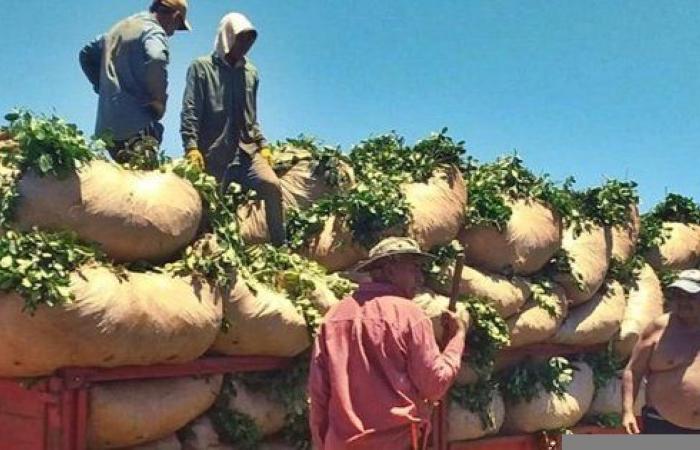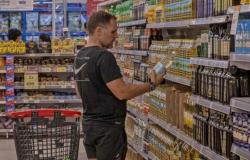The production of Yerba Mate registered a drop of more than 30% during the first quarter of 2025, marking a historical minimum for the sector. The main producing areas of missions and currents have an unusual inactivity, with a large part of the unreested crops due to the economic unfeasibility facing producers.
The current price of the green leaf, which ranges between $ 230 and $ 300 per kilo, does not cover production costs. This situation is aggravated by the payment conditions established by buyers, who in many cases divide the fertilizer into 12 installments without interest, generating serious liquidity problems for farmers in an inflationary context.
The productive crisis generated a domino effect throughout the value chain. The freezing of salary negotiations for tareferos, the stoppage of local trade and the fall of rural employment are some of the most visible consequences. Workshops, stores and complementary services report a drastic reduction of their activity.
The sector also faces an institutional vacuum, since the National Yerba Mate Institute (INYM) remains without designated authorities for more than a year. This situation prevents the implementation of price regulation policies, financing lines and controls on commercial conditions.
At the international level, Argentine Yerba Mate exports decreased between 15% and 16% so far this year, losing competitiveness in front of the products of Brazil and Paraguay. High internal costs and economic instability hinder the presence in external markets.
Given this scenario, producers demand urgent measures that include reference prices, access to soft loans and Normalization of INYM. The continuity of this crisis threatens to deepen the economic and social deterioration in the main yerbateras regions of the country.






